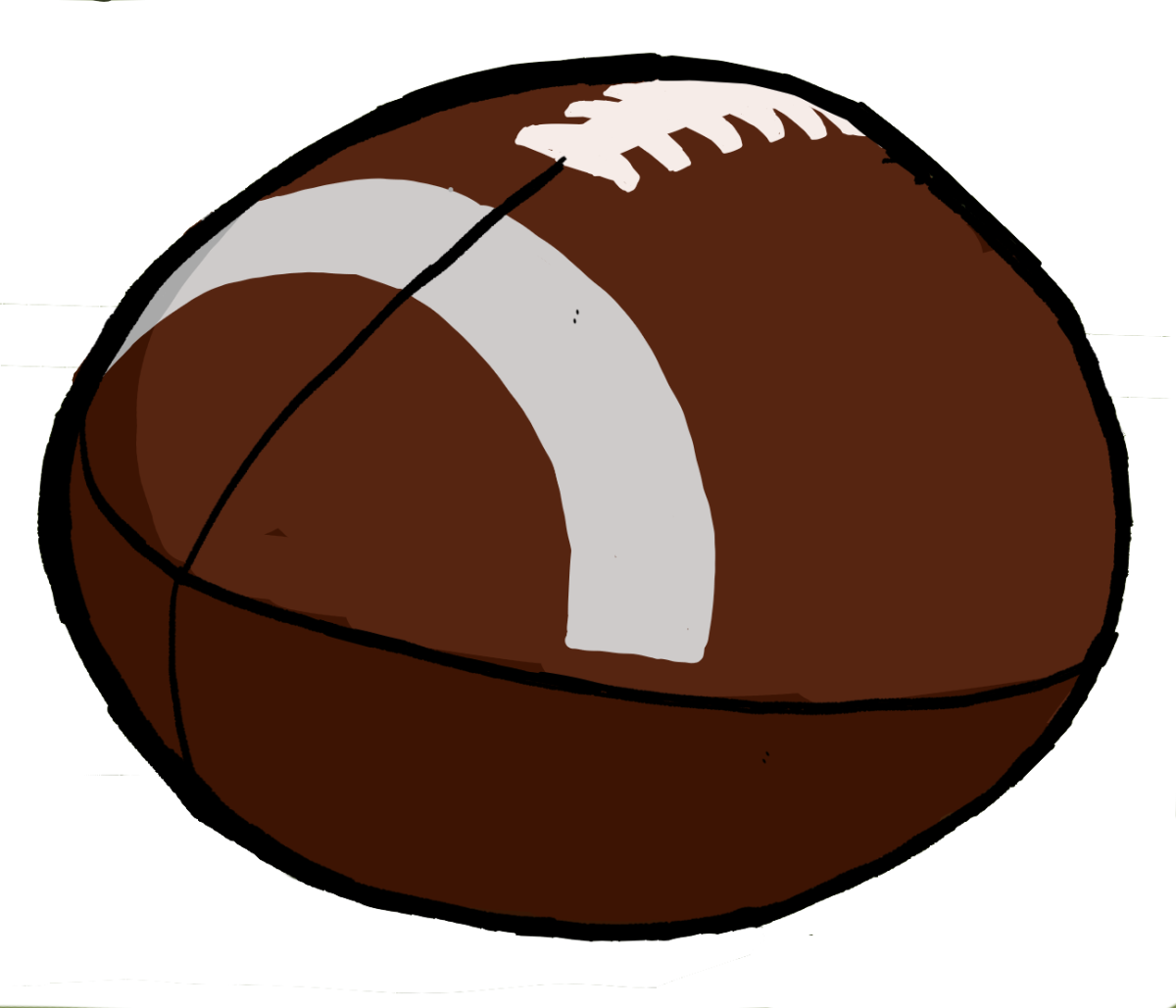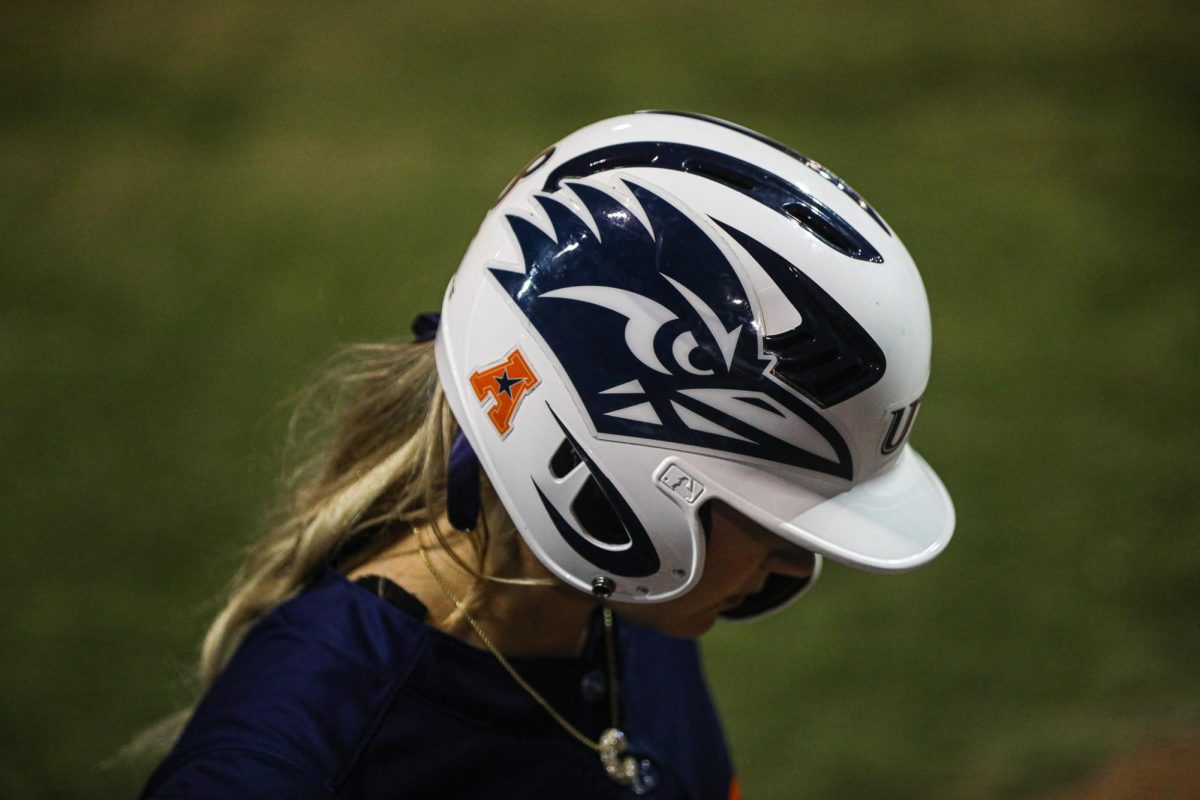It’s that time of year when fans of the NCAA March Madness Tournament watch a jam-packed 67 games in a three-week stretch, from Blue Blood programs to every kind of directional school imaginable.
The top echelon of college basketball has the typical teams such as Duke, Kentucky, UConn, Kansas and North Carolina, among others, that always seem to bring in young 18- and 19-year-olds year after year. The same can be said for the powerhouses in college football where Alabama, Ohio State, Georgia and Texas are the usual suspects at the top of the team recruiting ranks every year. Because of these programs’ standard talent composite, it’s become normal to see the still teenagers play significant minutes in the year’s biggest games.
However, many teams in the NCAA Tournament, along with most CFB programs, have their rosters filled with typical 18-24 year olds, with mostly the older players getting the minutes. Even UTSA’s own former quarterback, Frank Harris, played until he was 24 years old. The seven-year player was credited for a big chunk of the Roadrunners success, since his experience often paved the way down the stretches of games to wins.
This is seen more often in March Madness, when veteran schools upset the younger squads, such as Kentucky, who has lost several early-round games to teams that have lesser talent over the last decade. To many, the six-year age gap in college athletics may seem unfair. But despite age consistency across the NCAA, an age limit in college athletics is absolutely unnecessary.
The overall balance of the sport is better with how the leagues are set up. Like Kentucky, or these other Blue Blood teams in college sports, their rosters are completely filled with four-and-five-star recruits. The top 10 schools have such an advantage when it comes to talent on their depth chart that it’s almost unfair to go bar-for-bar with teams not in the same realm. The best counter, however, is experience.
This is how the aforementioned Wildcats have been upset the last several seasons, or how the veteran TCU Horned Frog squad found its way in the CFP National Championship game in the 2022 season. Or how those Villanova Basketball teams won two national titles over the last eight years. It obviously doesn’t happen very often, but the biggest kryptonite to the 19-year-old, hyper athletic teams are the smart, team-first 23-year-old teams.
It also takes away from the league-age term, “college athletics.” Like growing up playing in the local recreational leagues, every division was compiled by age groups, from 6U, to 8U, 10U, and so on. It is completely appropriate for athletes ages 18-24 to be on the same court and fields together, especially for younger players who aspire to make it to the pros.
If the argument is that it’s unfair for the younger players to match up against a more-physically developed player, how do they think it will work once the player gets drafted into the NBA, WNBA or NFL? Of course, not every player gets that opportunity since only a percent or two of NCAA athletes make it to the next level. And even if that’s not the goal for all college athletes, shouldn’t that be the benchmark since it’s all about competition? It’s just like when the really skilled 10-year-old moved up to 12U or even 14U because he or she was better than those in their age group. That’s just life.
And the outlier 25, 30, or even 60-year-olds who make an NCAA roster? They are simply taking up the opportunity of getting a degree while participating in athletics. It takes away from the name of college sports to withhold someone from making a team just because of their age. If they are good enough to walk on a football or basketball team, they deserve to do what they can when their number is called.














